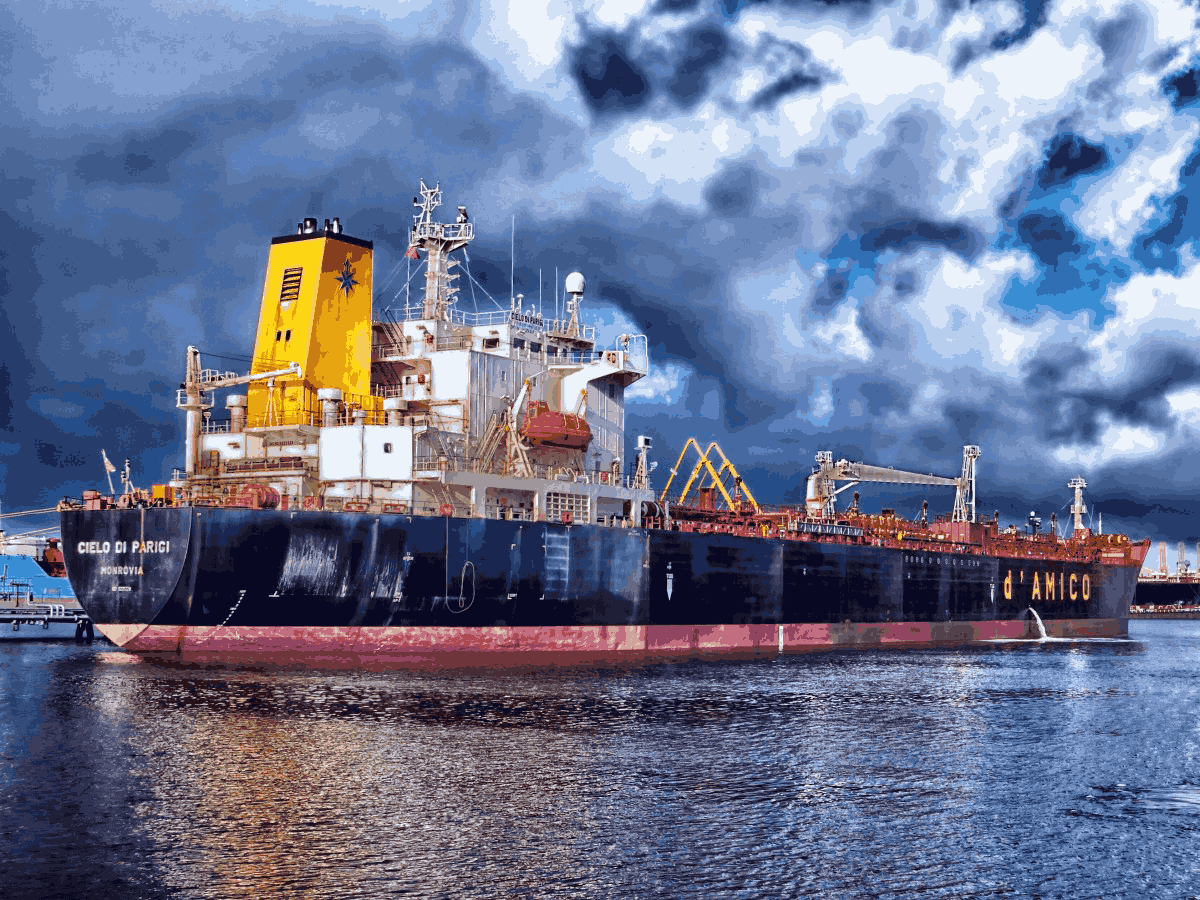Understanding the Difference Between Low Expansion Foam and High Expansion Foam
When it comes to fire safety, the proper type of firefighting foam can make all the difference. Low expansion foam and high expansion foam are two critical tools in fire suppression strategies. While they may seem similar at a glance, their differences lie in their specific properties, applications, and effectiveness for various fire scenarios.
This blog will break down the key differences between low expansion foam and high expansion foam, exploring their uses and helping you identify which is best suited for your fire safety needs.
What Is Foam Expansion?
Before diving into the differences, it’s essential to understand foam expansion. The expansion ratio, a critical factor in foam performance, is the measure of how much foam is produced from a given volume of foam solution when mixed with air.
For example:
- A lower expansion ratio means less foam is produced, but it will be denser and more stable.
- A higher expansion ratio means the foam is much lighter and covers larger areas but may be less stable.
Expansion ratios are the foundation of what separates low expansion foam from high expansion foam.
What Is Low Expansion Foam?
Low expansion foam is defined by its lower expansion ratio, typically ranging between 8:1 to 12:1. This means that for every unit of foam solution used, it generates 8 to 12 units of foam.
Key Characteristics of Low Expansion Foam:
- Density: Denser and more stable, making it effective for suppressing flammable liquid fires by creating a thick, lasting blanket.
- Effective Cooling: The denser consistency helps cool down the fire surface and prevents re-ignition.
- Specific Applications:
- Often used on tanker decks and in enclosed spaces to fight Class B fires (flammable liquids like oil or gasoline).
- Particularly effective in scenarios requiring a long-lasting foam seal to cut off oxygen from the fuel source.
Common Usage:
Low expansion foam is widely used in the maritime industry, particularly on oil tankers and cargo vessels, due to its effectiveness in containing and extinguishing hazardous liquid fires. Its dense blanket helps seal vapors and control flammable materials, ensuring safety in high-risk environments.
What Is High Expansion Foam?
High expansion foam, as the name suggests, has a much higher expansion ratio, often exceeding 200:1 or even reaching up to 1000:1. This means that a single unit of foam concentrate generates hundreds of units of foam.
Key Characteristics of High Expansion Foam:
- Light Coverage: Creates a large volume of foam with relatively low water content, making it lighter and better suited for covering wide areas.
- Swift Deployment: High expansion foam quickly fills large spaces, cutting off oxygen to fire sources effectively.
- Specific Applications:
- Ideal for areas with limited water availability, as it uses less water than low expansion foam.
- Commonly used in warehouses, aircraft hangars, and confined spaces like mine shafts.
Common Usage:
High expansion foam is often used in scenarios where rapid coverage of a wide area is more critical than prolonged foam stability. Its ability to fill large spaces makes it a popular choice for logistics centers, manufacturing plants, and firefighting in challenging environments like tunnels.
The Key Differences Between Low and High Expansion Foam
To provide a clearer understanding, here’s a side-by-side comparison of the two foam types:
| Factor | Low Expansion Foam | High Expansion Foam |
|---|---|---|
| Expansion Ratio | 8:1 to 12:1 | 200:1 to 1000:1 |
| Density & Consistency | Denser and more stable | Lightweight and less stable |
| Water Content | High | Low |
| Primary Application | Flammable liquid fires, tanker decks | Large area coverage, confined spaces |
| Key Strength | Long-lasting blanket for oxygen suppression | Rapid deployment in wide areas |
| Typical Use Cases | Oil tankers, industrial fire suppression | Aircraft hangars, warehouses, tunnels |
Choosing the Right Foam for the Job
The choice between low expansion foam and high expansion foam boils down to the specific requirements of the fire scenario. Here’s a quick guide to help you decide:
Choose Low Expansion Foam If:
- The focus is on fighting flammable liquid fires.
- You need dense foam to seal vapors and prevent re-ignition.
- You’re working in environments like industrial facilities, oil tankers, or cargo holds.
Choose High Expansion Foam If:
- The goal is to cover a large area quickly.
- Water conservation is a priority.
- The fire is in a confined area or open warehouse where rapid coverage is necessary.
Why Is Foam Selection Critical?
Using the right type of foam is crucial for effective fire suppression. Employing the wrong foam type can lead to inadequate fire control, increased risk, and wasted resources. For example:
- Using high expansion foam on an oil tanker fire might fail, as it doesn’t have the density required to suppress flammable liquid fires.
- Similarly, using low expansion foam in a warehouse fire may not provide the rapid area coverage needed to control the blaze effectively.
Final Thoughts
Both low and high expansion foams play critical roles in fire safety, and understanding their differences ensures you’re equipped for the unique challenges of each fire scenario. Whether you’re managing a high-risk industrial setting or preparing for emergency situations in large commercial spaces, selecting the right foam can save property, resources, and lives.
If you’re involved in fire safety planning or systems design, now is the time to take action. Assess your needs, consult with experts, and ensure that your foam systems are suited to the risks you’re mitigating.

